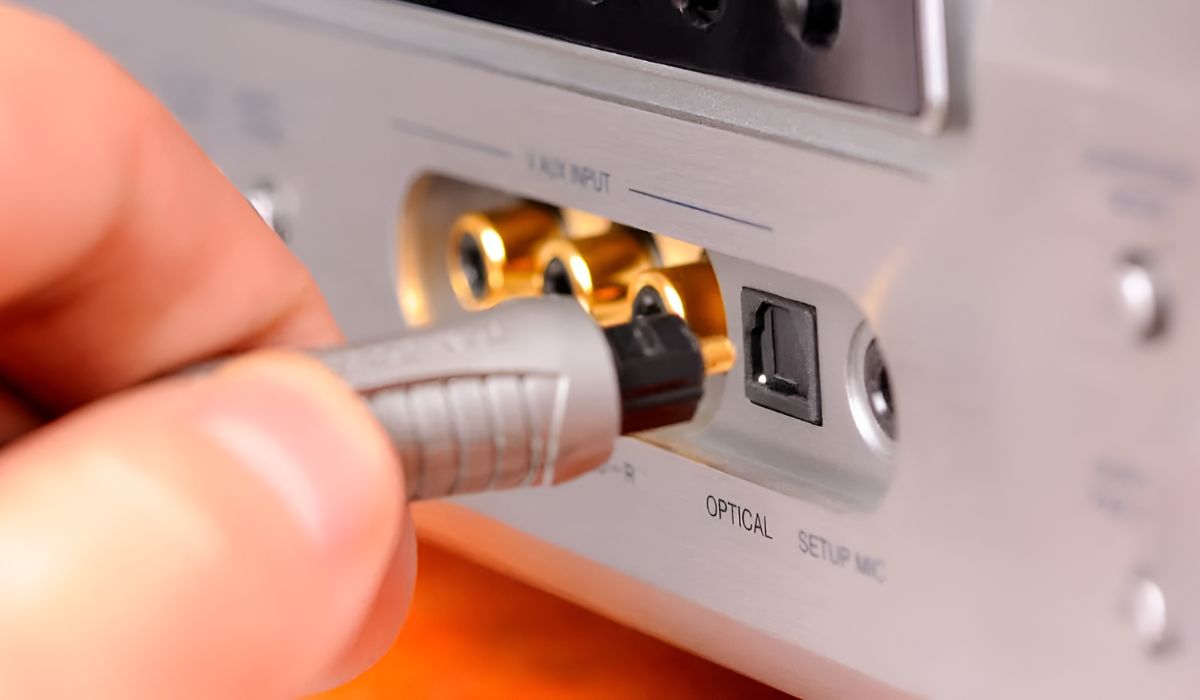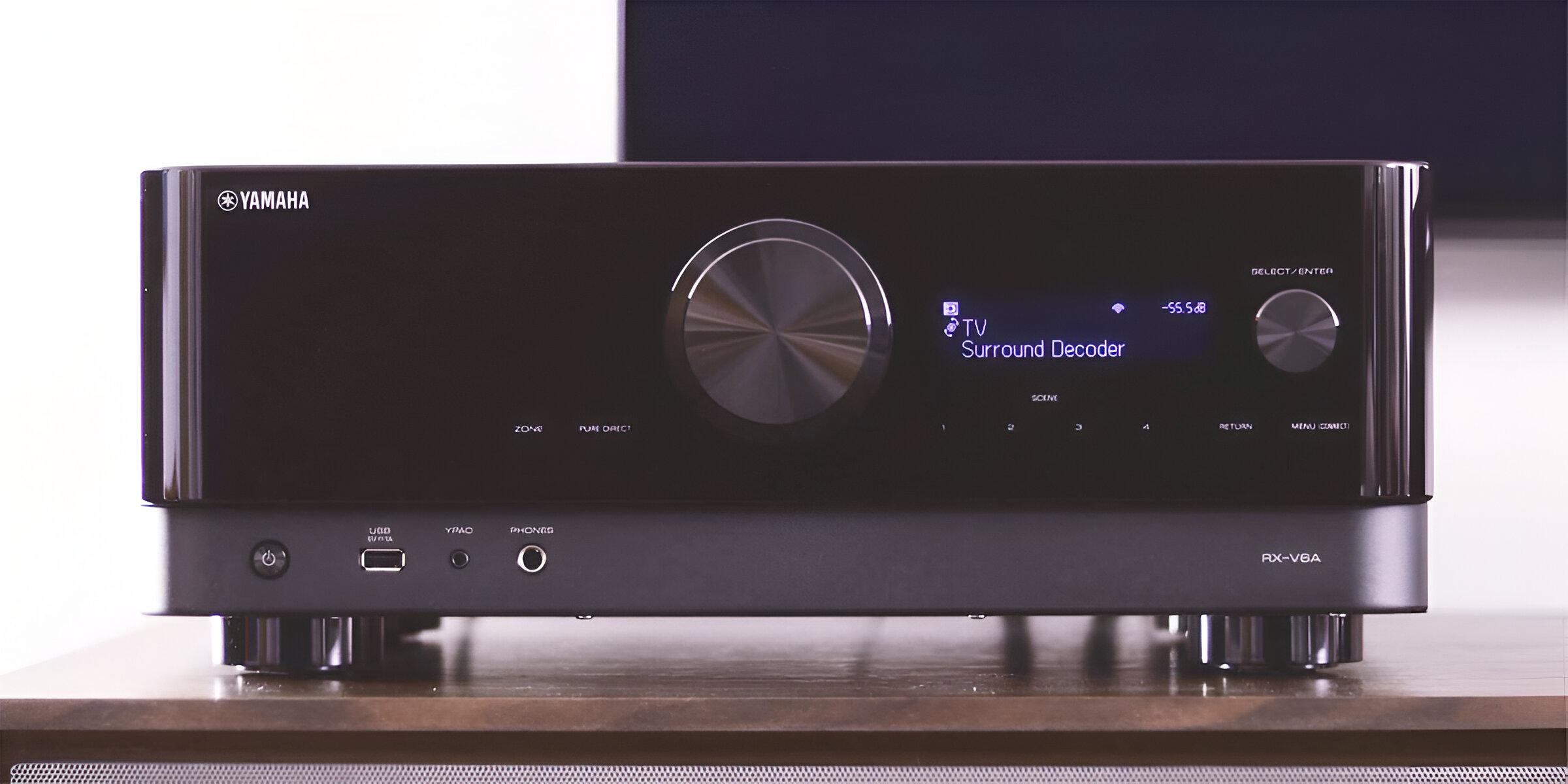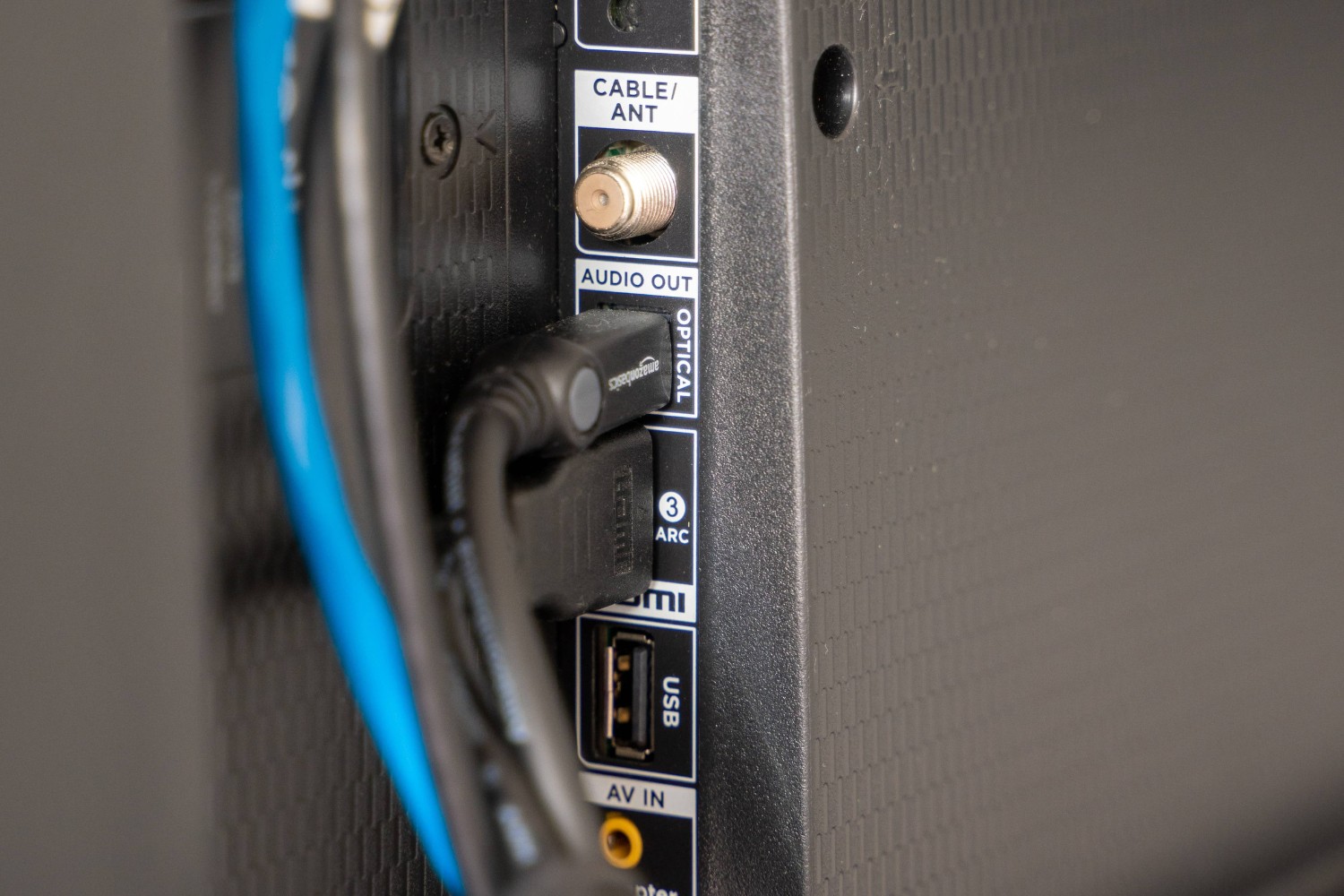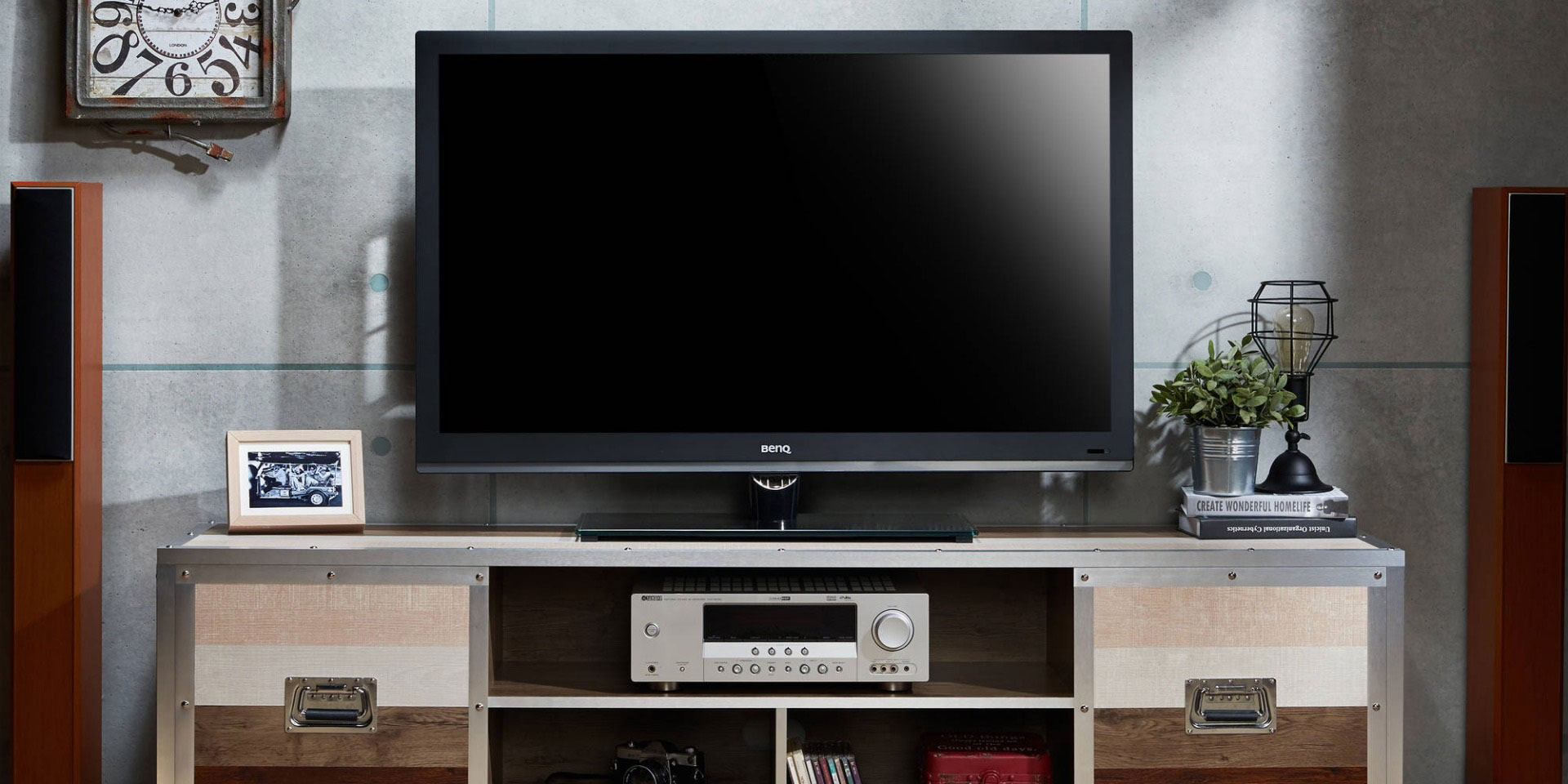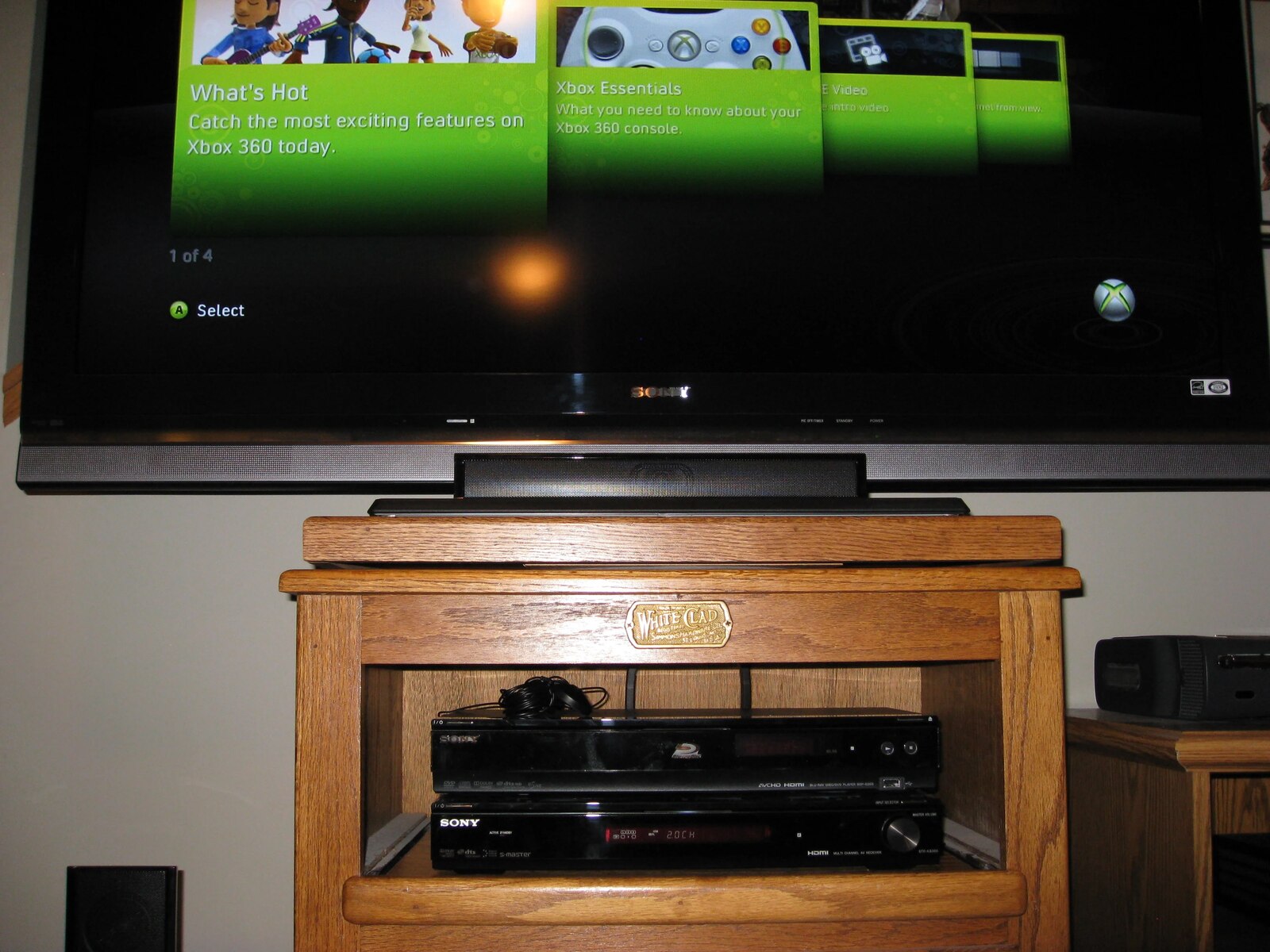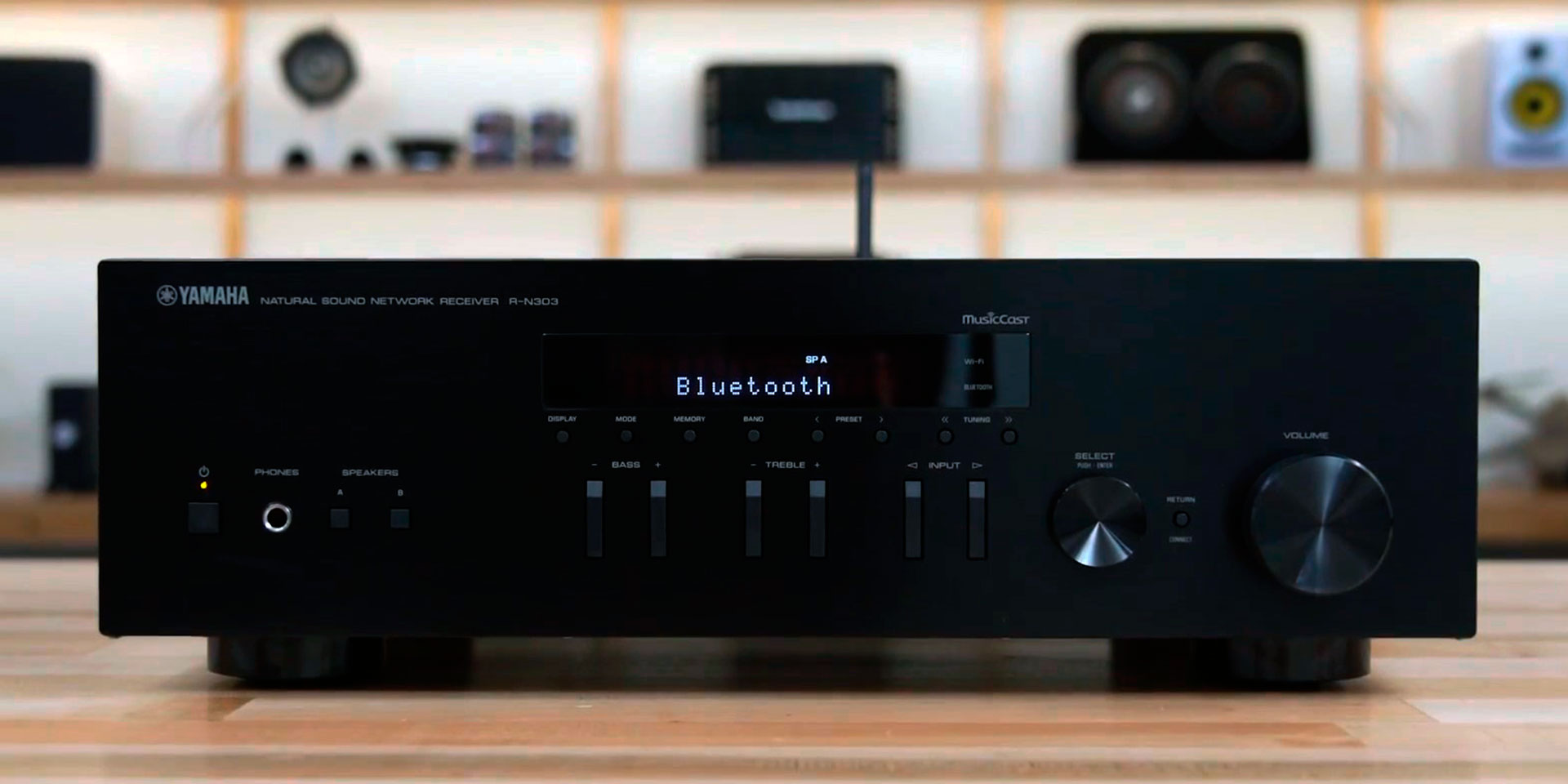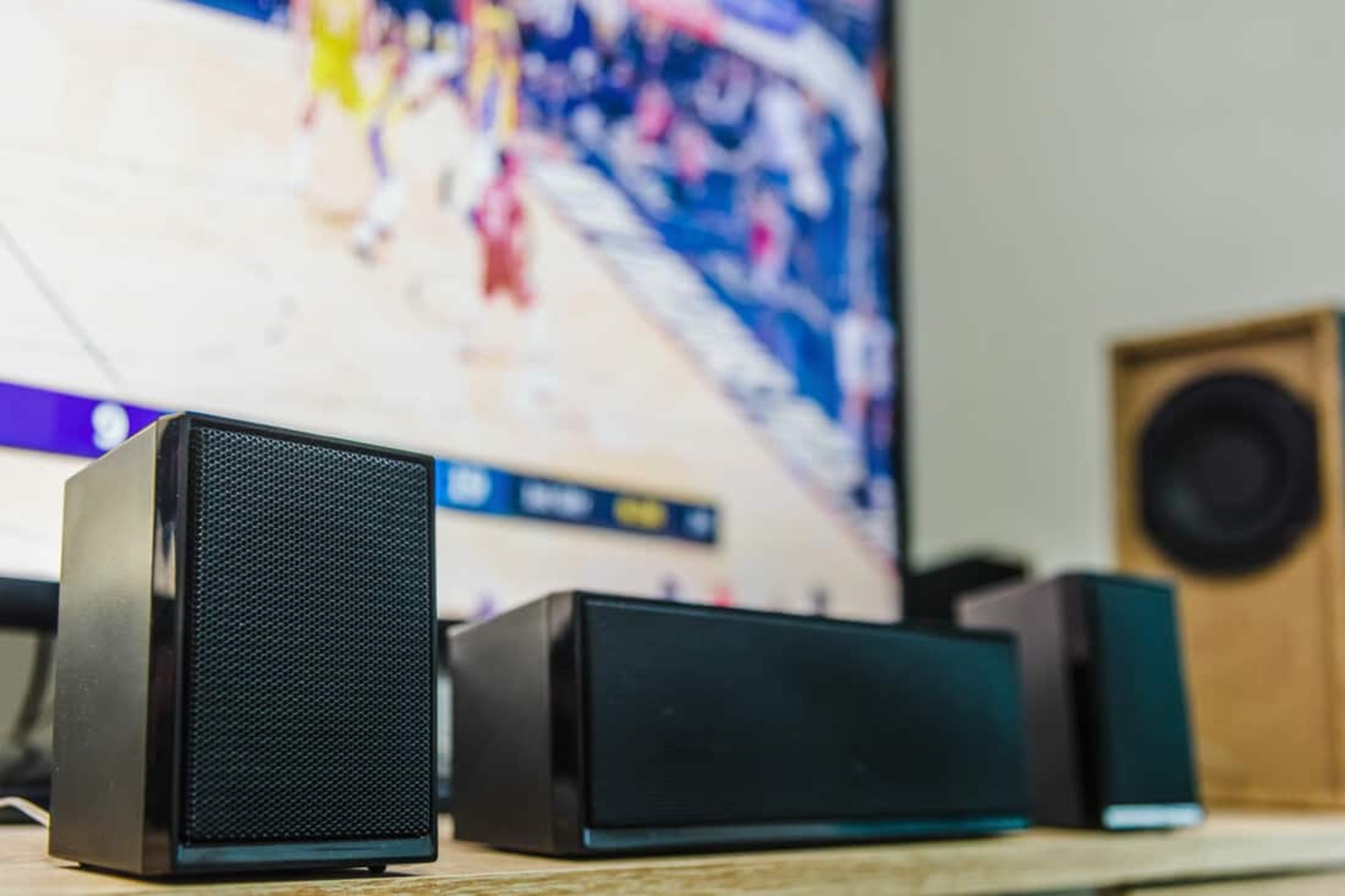Introduction
Welcome to the world of high-quality audio! If you’re looking to elevate your home entertainment experience to a whole new level, understanding how to run sound through an AV receiver with optical audio is a crucial step. Whether you’re a music enthusiast, a movie buff, or a gaming aficionado, the seamless transmission of audio signals through an optical connection can significantly enhance your overall enjoyment. In this comprehensive guide, we’ll delve into the intricacies of optical audio, walk you through the process of connecting your devices, and provide valuable insights on setting up your AV receiver for optimal performance. Additionally, we’ll equip you with troubleshooting tips to address any potential challenges that may arise along the way.
By the end of this journey, you’ll have the knowledge and confidence to harness the full potential of your AV receiver, ensuring that every sonic nuance is faithfully reproduced with pristine clarity and depth. So, let’s embark on this audio adventure together and unlock the immersive power of optical audio technology!
Understanding Optical Audio
Optical audio, also known as TOSLINK or S/PDIF (Sony/Philips Digital Interface), is a digital audio connection that utilizes fiber optic cables to transmit audio signals between devices. Unlike traditional analog connections, optical audio ensures a pure and unadulterated transfer of sound, free from electrical interference and signal degradation. This method of transmission is particularly advantageous for delivering high-fidelity audio, making it an ideal choice for audiophiles and home theater enthusiasts.
One of the key advantages of optical audio is its ability to transmit multi-channel audio formats, such as Dolby Digital and DTS, with impeccable precision. This capability is especially beneficial for creating a captivating surround sound experience, immersing listeners in a rich and expansive audio environment. Furthermore, optical audio supports high-resolution audio formats, enabling the faithful reproduction of intricate musical details and nuanced sonic textures.
When light travels through the fiber optic cables, it carries the digital audio data in the form of rapid light pulses. This optical transmission method ensures that the audio signals remain immune to electromagnetic interference, resulting in a clean and consistent audio playback. Additionally, optical connections offer versatility, allowing seamless integration with a wide range of audio-visual devices, including TVs, Blu-ray players, gaming consoles, and, of course, AV receivers.
By understanding the fundamental principles of optical audio transmission, you can harness the full potential of this advanced technology to elevate your audio experience to new heights. With its ability to deliver pristine sound quality and support for immersive surround sound formats, optical audio stands as a cornerstone of modern home entertainment systems, offering a gateway to a world of sonic excellence.
Connecting Your Devices
Before embarking on the journey of connecting your devices, it’s essential to gather the necessary components for establishing a seamless optical audio setup. You will need an optical audio cable, which features a series of fiber optic strands encased within a protective outer layer. This cable serves as the conduit for transmitting digital audio signals between your source devices, such as a TV, gaming console, or Blu-ray player, and your AV receiver.
To begin the connection process, identify the optical audio output port on your source device. This port is typically labeled as “Optical Out” or “TOSLINK Out” and is accompanied by a small, square-shaped opening. Next, locate the corresponding optical audio input port on your AV receiver, often denoted as “Optical In” or “TOSLINK In.” Once you’ve identified these ports, carefully insert one end of the optical audio cable into the output port of your source device, ensuring a secure and snug fit. Then, connect the other end of the cable to the input port on your AV receiver, taking care to align the connector properly to avoid any damage.
It’s important to handle the optical audio cable with care, as the delicate fiber optic strands within it can be susceptible to damage if bent or mishandled. When routing the cable between devices, avoid sharp bends or kinks that could compromise the integrity of the fiber optic strands. Additionally, keep the cable clear of any sharp objects or potential sources of interference to maintain optimal signal transmission.
Once the optical audio cable is securely connected between your source device and AV receiver, you’re ready to initiate the audio transmission. Depending on the specific devices involved, you may need to access the settings menu to designate the optical audio connection as the primary audio output. This step ensures that the audio signals are routed through the optical connection, allowing your AV receiver to process and amplify the digital audio data with precision.
By carefully establishing the optical audio connection between your devices, you create a pathway for pristine digital audio transmission, setting the stage for an immersive and captivating audio experience. With the foundation laid for seamless signal transfer, you’re poised to unlock the full potential of your AV receiver and enjoy the sonic splendor that optical audio technology has to offer.
Setting Up Your AV Receiver
Once the optical audio connection between your source devices and AV receiver is established, it’s time to optimize the settings on your AV receiver to ensure an enriching audio experience. Begin by powering on your AV receiver and accessing the setup menu, which may be navigated through the on-screen display or the receiver’s front panel controls.
Within the setup menu, locate the audio settings section, where you can specify the input source for the optical audio connection. Depending on the model of your AV receiver, this setting may be labeled as “Input Assign,” “Audio Input,” or a similar designation. Select the optical audio input corresponding to the connected source device, such as “Optical 1” or “TOSLINK 2,” to designate the optical connection as the active audio input.
Next, explore the audio processing options available on your AV receiver to tailor the sound to your preferences. Many AV receivers offer a range of audio processing modes, including Dolby Digital, DTS, and various surround sound formats. Experiment with these modes to discover the one that best complements your content, whether it’s music, movies, or gaming. Additionally, some AV receivers feature advanced audio calibration systems that optimize the sound output based on your room’s acoustics, ensuring an immersive and balanced listening experience.
As you navigate the settings menu, you may encounter additional audio enhancements, such as equalizer controls, bass management settings, and dialogue enhancement features. These tools empower you to fine-tune the audio output to suit your personal preferences, allowing you to customize the sound profile to align with your unique listening preferences.
Furthermore, if your AV receiver is part of a multi-channel home theater system, take advantage of the speaker setup options to configure the precise placement and calibration of your speakers. This step ensures that each speaker in your system contributes harmoniously to the overall audio landscape, delivering a cohesive and immersive listening environment.
By conscientiously configuring the settings on your AV receiver, you unlock the full potential of your audio system, harnessing the capabilities of optical audio technology to deliver a captivating and faithful reproduction of sound. With a tailored audio setup that aligns with your preferences and content type, you’re poised to embark on a sonic journey that transcends mere listening, inviting you to immerse yourself in the rich tapestry of audio experiences that your AV receiver can deliver.
Troubleshooting Tips
While setting up and configuring your optical audio connection and AV receiver, you may encounter occasional challenges that hinder the seamless transmission of audio signals. By familiarizing yourself with common troubleshooting techniques, you can swiftly address these issues and restore the optimal functionality of your audio system.
If you encounter a lack of audio output from your AV receiver when using the optical audio connection, begin by verifying that the optical audio cable is firmly and securely connected to both the source device and the AV receiver. Ensure that the cable is not damaged and that the connectors are aligned correctly with the input and output ports. Additionally, inspect the settings on your source device to confirm that the optical audio output is enabled and designated as the primary audio output.
Intermittent audio dropouts or disruptions in the audio signal may occur due to signal interference or insufficient cable bandwidth. To mitigate these issues, consider using high-quality, well-shielded optical audio cables that minimize the risk of signal degradation. Furthermore, avoid routing the optical audio cable in close proximity to power cables or other potential sources of electromagnetic interference, as this can compromise the integrity of the audio signal.
If you encounter challenges in configuring the audio settings on your AV receiver, consult the user manual or online resources provided by the manufacturer for detailed guidance. Many AV receivers feature comprehensive troubleshooting guides and FAQs that address common issues and provide step-by-step solutions for optimizing audio performance.
Occasionally, firmware updates for your AV receiver may be available to address known issues and enhance overall system stability. Check the manufacturer’s website or the receiver’s settings menu for firmware update notifications, and ensure that your device is running the latest software to benefit from performance improvements and bug fixes.
In the event of persistent audio issues that remain unresolved despite troubleshooting efforts, consider consulting with technical support provided by the manufacturer or seeking assistance from professional audio technicians. By leveraging expert guidance, you can effectively diagnose and resolve complex audio challenges, ensuring that your optical audio setup operates at its full potential.
By equipping yourself with troubleshooting knowledge and resources, you empower yourself to overcome potential obstacles and maintain the seamless functionality of your optical audio connection and AV receiver. With a proactive approach to addressing audio issues, you can preserve the integrity of your audio system and continue to revel in the immersive sonic experiences that optical audio technology facilitates.
Conclusion
Congratulations on mastering the art of running sound through an AV receiver with optical audio! By gaining a deeper understanding of optical audio technology, connecting your devices with precision, and optimizing the settings on your AV receiver, you’ve embarked on a journey toward an elevated audio experience. The seamless transmission of digital audio signals through optical connections has empowered you to unlock the full potential of your AV receiver, delivering pristine sound quality and immersive surround sound experiences.
As you venture further into the realm of high-fidelity audio, remember that troubleshooting occasional challenges is a natural part of the process. By employing the troubleshooting tips provided, you can swiftly address any audio disruptions and maintain the optimal functionality of your optical audio setup. Whether it’s ensuring secure cable connections, mitigating signal interference, or seeking firmware updates, your proactive approach to troubleshooting will safeguard the integrity of your audio system.
With each step taken to refine your audio setup, you’ve positioned yourself to revel in the sonic splendor that your AV receiver and optical audio technology can deliver. Whether you’re immersing yourself in cinematic soundscapes, savoring the nuances of high-resolution music, or engaging in exhilarating gaming experiences, your finely tuned audio system stands ready to enrich every moment with captivating sound.
As you continue to explore the boundless possibilities of audio excellence, remember that your journey is marked by continual learning and discovery. Stay attuned to the latest advancements in audio technology, embrace new opportunities for audio enhancement, and share your knowledge with fellow enthusiasts. By nurturing your passion for exceptional audio, you contribute to a vibrant community of audio aficionados dedicated to elevating the art of sound reproduction.
Now, armed with the knowledge and expertise to harness the immersive power of optical audio, you’re poised to embark on a sonic adventure that transcends mere listening, inviting you to immerse yourself in the rich tapestry of audio experiences that your AV receiver can deliver. So, tune in, turn up the volume, and let the captivating world of optical audio transport you to new realms of sonic delight.







